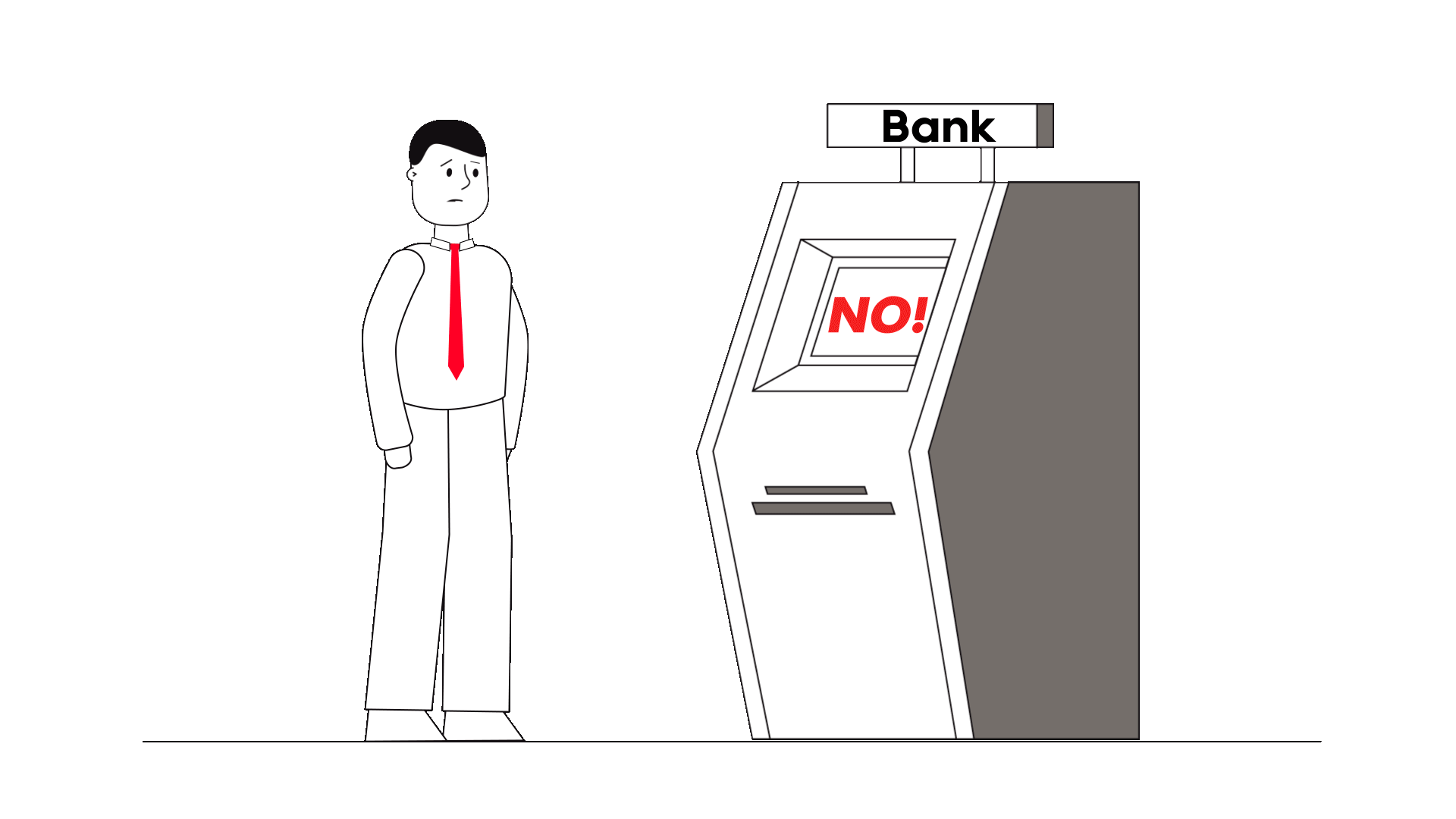Date – 26/06/2023
Author – Anthony Humphreys
Introduction:
When it comes to financing your business or personal endeavors, you may come across the terms “secured” and “unsecured” loans. These are two distinct types of loans that offer different benefits and considerations. Understanding the difference between secured and unsecured loans is essential in making informed financial decisions. In this blog post, we will delve into the characteristics, advantages, and considerations of secured and unsecured loans, helping you choose the most suitable option for your specific needs.
Secured Loans:
Secured loans are backed by collateral, which is an asset of value that you pledge as security for the loan. Common types of collateral include real estate, vehicles, equipment, or other valuable assets. Here are some key features and benefits of secured loans:
Lower Interest Rates: Since the loan is secured against collateral, lenders typically offer lower interest rates compared to unsecured loans. The collateral provides a level of security for the lender, reducing the risk involved.
Higher Loan Amounts: Securing a loan with collateral often allows you to access higher loan amounts, as the collateral provides assurance to the lender. This can be particularly advantageous when funding large-scale projects or investments.
Longer Repayment Terms: Secured loans often come with longer repayment terms, providing you with more flexibility in managing your cash flow. This can help reduce the monthly repayment amounts and make it easier to meet your financial obligations.
Easier Approval for Poor Credit: Secured loans may be more accessible for individuals with less-than-perfect credit histories. Since the collateral mitigates the lender’s risk, they may be more willing to approve a loan application even if your credit score is not ideal.
Unsecured Loans:
Unsecured loans, on the other hand, do not require collateral. These loans are granted based on your creditworthiness and ability to repay the loan. Here are some key features and benefits of unsecured loans:
No Collateral Required: One of the primary advantages of unsecured loans is that they do not require any collateral. This means you do not need to pledge any assets, reducing the risk of losing valuable possessions in case of default.
Faster Approval Process: Unsecured loans generally have a faster approval process since there is no need for collateral evaluation. This can be beneficial when you require quick access to funds for urgent business or personal needs.
Flexible Use of Funds: With unsecured loans, you have the flexibility to use the funds for various purposes, such as business expansion, debt consolidation, purchasing inventory, or personal expenses. The usage of the funds is not restricted to specific assets or projects.
Credit-Based Approval: Unsecured loans heavily rely on your creditworthiness. Lenders assess factors such as your credit score, income, and financial stability to determine your eligibility and loan terms. A strong credit history and a good credit score can increase your chances of securing favorable loan terms.
Considerations:
When deciding between a secured or unsecured loan, consider the following factors:
Risk Tolerance: Secured loans involve the risk of losing your collateral if you default on the loan. Assess your risk tolerance and determine if you are comfortable pledging assets as collateral.
Loan Amount and Repayment Terms: Evaluate the amount of funding you require and the repayment terms that align with your financial goals. Secured loans generally offer higher loan amounts and longer repayment periods, while unsecured loans may have lower limits and shorter terms.
Credit History and Eligibility: Your credit history plays a significant role in securing favorable loan terms. If you have a strong credit profile, unsecured loans may be a viable option. However, if you have a less-than-perfect credit history, a secured loan may offer more favorable terms.
Conclusion:
Secured and unsecured loans serve different purposes and offer unique benefits. Choosing between the two depends on your specific financial situation, risk tolerance, and funding requirements. Whether you opt for a secured loan with lower interest rates and higher loan amounts or an unsecured loan with faster approval and flexible usage, it’s crucial to assess your needs and conduct thorough research. Consult with financial experts or lenders to explore the options that best align with your goals and objectives.














